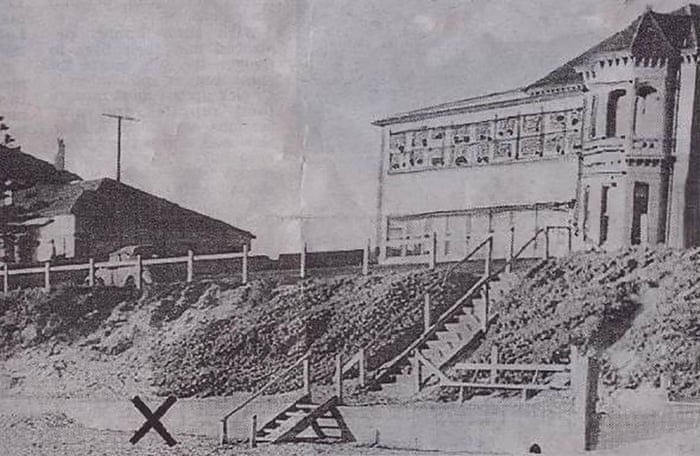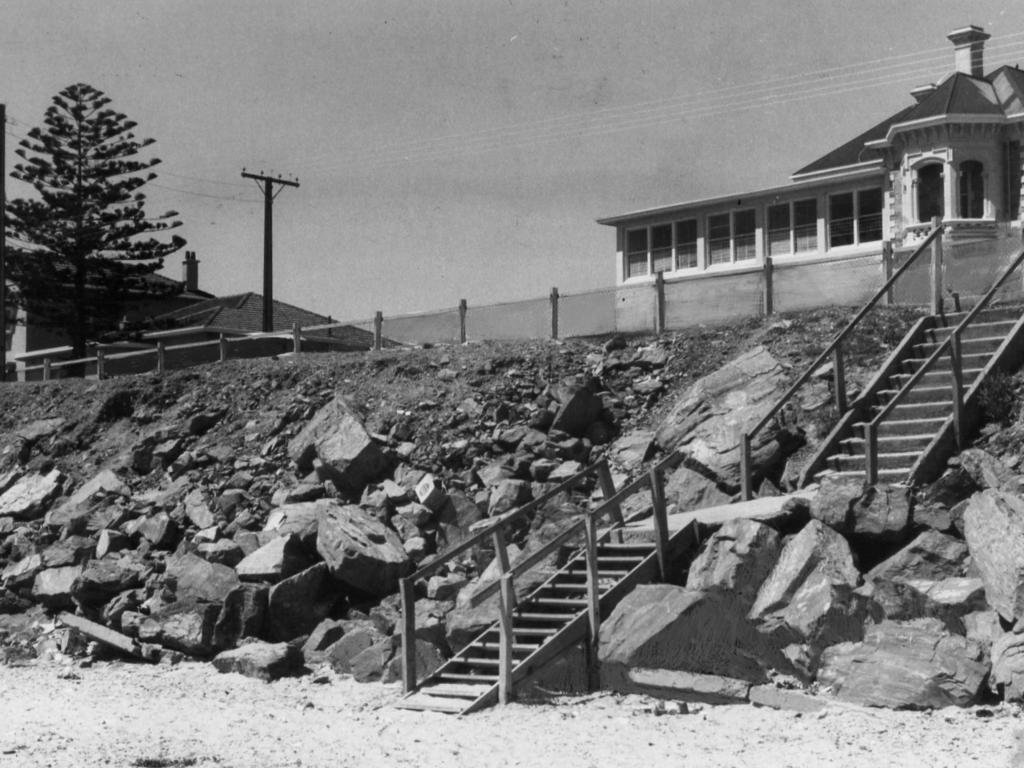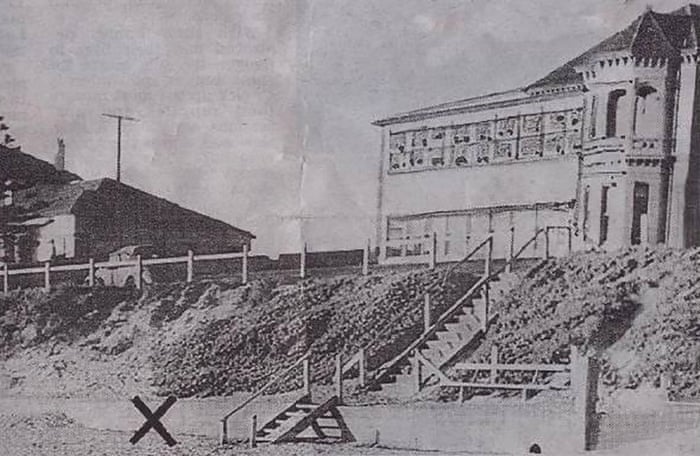On a warm December morning in 1948, beachgoers at Somerton Beach made a chilling discovery that would become one of Australia’s most perplexing mysteries. A well-dressed man lay motionless against a seawall, his expression peaceful as if in deep slumber. Little did anyone know this seemingly ordinary scene would spark decades of speculation and become Australia’s most baffling cold case.
The man appeared to be in his forties, wearing an impeccably pressed suit despite being found on a beach. Investigators were immediately struck by the strange absence of labels in his clothing, and all identifying marks had been carefully removed. Even more puzzling was the complete lack of identification, wallet, or any personal belongings that could reveal his identity.

Image credit: The Guardian
The mystery deepened when the autopsy revealed no apparent cause of death, though evidence suggested poisoning. The man’s last meal had been a pasty, yet no traces of known poisons were found. His muscular build and well-maintained feet with high arches led some to speculate he might have been a dancer or an athlete.
In the dead man’s pocket, investigators found something that would transform this curious death into an international mystery. A tightly rolled piece of paper bearing the words ‘Tamam Shud’, meaning ‘ended’ or ‘finished’ in Persian, was discovered sewn into a hidden pocket. This scrap was later traced to a rare edition of The Rubaiyat of Omar Khayyam.

Image credit: Creepy Bonfire
The Rubaiyat connection took an even stranger turn when the actual book was found. Hidden in its back cover was an indecipherable code of letters, along with what appeared to be a phone number. The number belonged to a nurse living just minutes from where the body was discovered. She claimed no knowledge of the man, yet witnesses reported seeing someone matching his description near her home.
As Cold War tensions gripped the world, speculation about the man’s identity took a dramatic turn. His physical characteristics, sophisticated clothing, and the mysterious code led many to believe he was a spy. The proximity of weapons testing sites and military installations in South Australia fueled these theories.
The case attracted international attention, with intelligence agencies from multiple countries examining the evidence. The sophisticated method of clothing label removal, the unbreakable code, and the possible use of an undetectable poison all pointed to professional espionage. Yet despite decades of investigation, no intelligence agency has ever claimed knowledge of the man’s identity.
Modern forensic techniques have provided new clues but no definitive answers. DNA analysis continues, and researchers regularly propose new theories about the code’s meaning. The Somerton Man’s grave remains a testament to one of criminology’s most enduring puzzles, reminding us that sometimes the most intriguing mysteries are those that remain unsolved.
Categories: Conspiracy Theories, Do you know, Historical Cases, True Crime, Unsolved Mysteries
Tags: Australian History, cold case, Cryptography, espionage, mystery, Somerton Man, Tamam Shud, unsolved crime
Religion: Unknown
Country of Origin: Australia, Iran
Topic: Unsolved Mystery
Ethnicity: unknown


